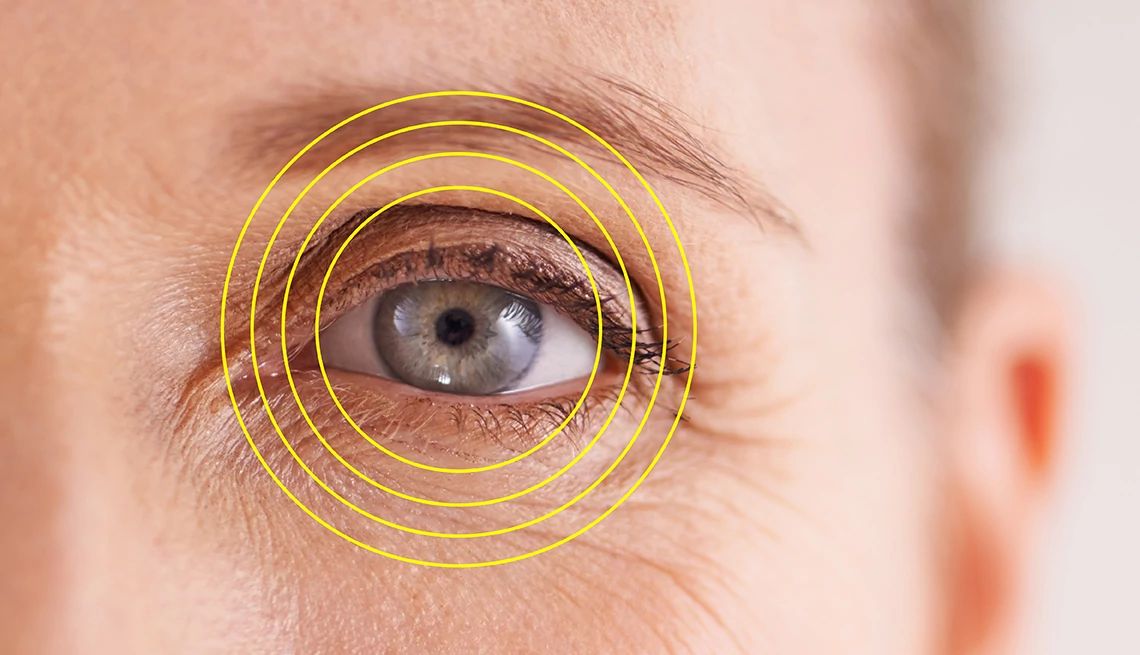AARP Hearing Center


Laser surgery to correct vision is the most common elective eye surgery — more than 800,000 people get it each year, according to the Refractive Surgery Council. People tend to have LASIK, short for laser-assisted in situ keratomileusis, between ages 20 and 40. But can older adults get this surgery, or do people age out of the option?
“We never think of a hard, fast rule or cut off age-wise; the decision of who should have a type of elective refractive surgery is considered to be truly patient-specific, as long as they don't have any outstanding health conditions with their eyes,” says Michelle E. Andreoli, M.D., a clinical assistant professor of ophthalmology at Northwestern Feinberg School of Medicine in Chicago.
Although there’s no definitive age cut-off for LASIK, you must be at least 18 years old to have the procedure. To perform this type of refractive surgery, doctors use an ultraviolet laser to reshape the curvature of the cornea, the clear covering of the eye that refracts light.
More effective for younger eyes
Research scientists in Germany studied two groups of people who got LASIK surgery. One group included 341 people aged 55 and older, and the second group included 341 people between the ages of 30 and 40. They found that the safety for both groups was very similar, but it was not equally effective. After the surgery, the people in the older group had more nearsightedness, also called myopia, and worse clarity of vision, according to a 2024 article published in the journal Scientific Reports. The researchers found no difference in the effectiveness and safety of farsighted people.
People tend to have more problems with their eyes as they age. So other eye conditions can certainly limit the success of the surgery, says Wuqaas M. Munir, M.D., associate professor of ophthalmology at the University of Maryland Medical System.
Who should skip LASIK?
Lasik is not for everyone. If you have one of these conditions, you might need to hang on to your glasses, according to the U.S. Food and Drug Administration (FDA). Many of these conditions become more common with age, making older eyes less likely to be good candidates for the surgery.
1. Certain autoimmune diseases
These can include conditions such as rheumatoid arthritis and lupus. People with arthritis can develop eye issues from inflammation. Lupus is associated with vision changes. Also, the medications used to treat some autoimmune disorders hamper the immune system, making healing a challenge.
2. Blepharitis
This inflammation of the eyelids causes crusting of the eyelashes that increases risk of infection, so people with this condition aren’t good candidates for LASIK surgery,




































































More From AARP
Common Eye Conditions in Older Adults
As we age, we can develop a wide range of issues that affect our eyes, from macular degeneration to diabetic retinopathy
What Your Eye Color Can Say About Your Health
They say that your eyes are the window to the soul — but they may also be a window to your health
How To Protect Your Eyes As You Age
Vision loss doesn't have to be a part of aging